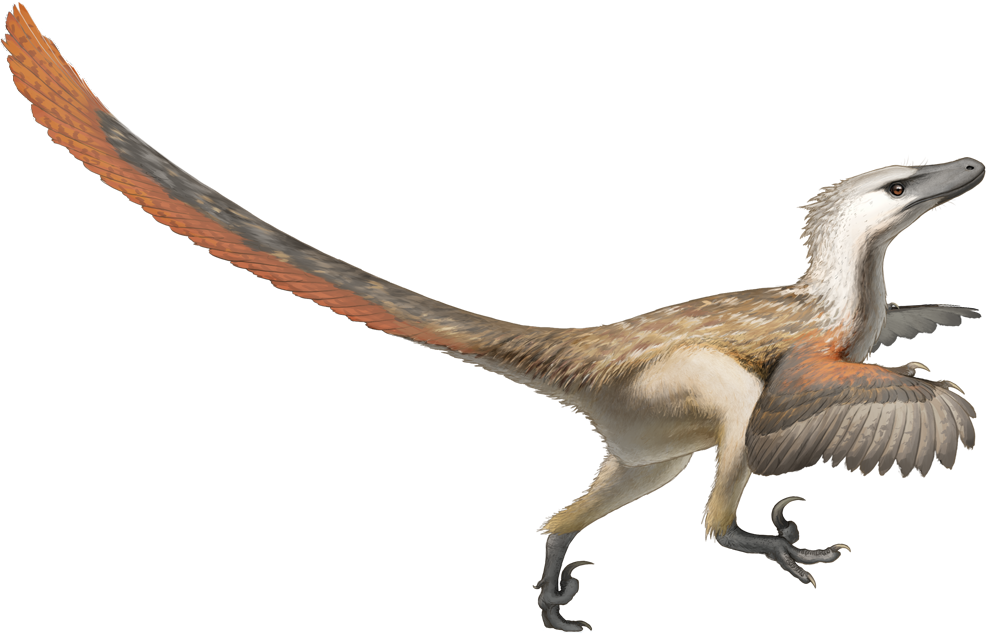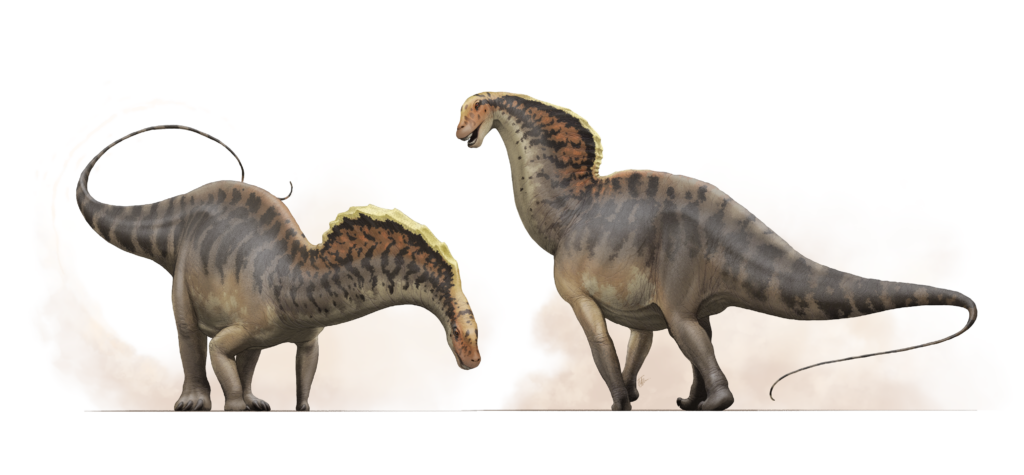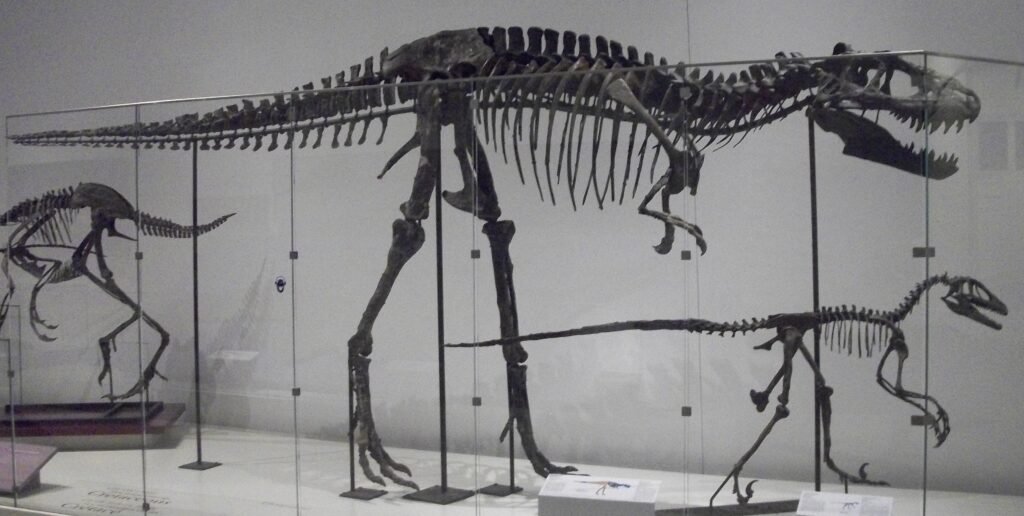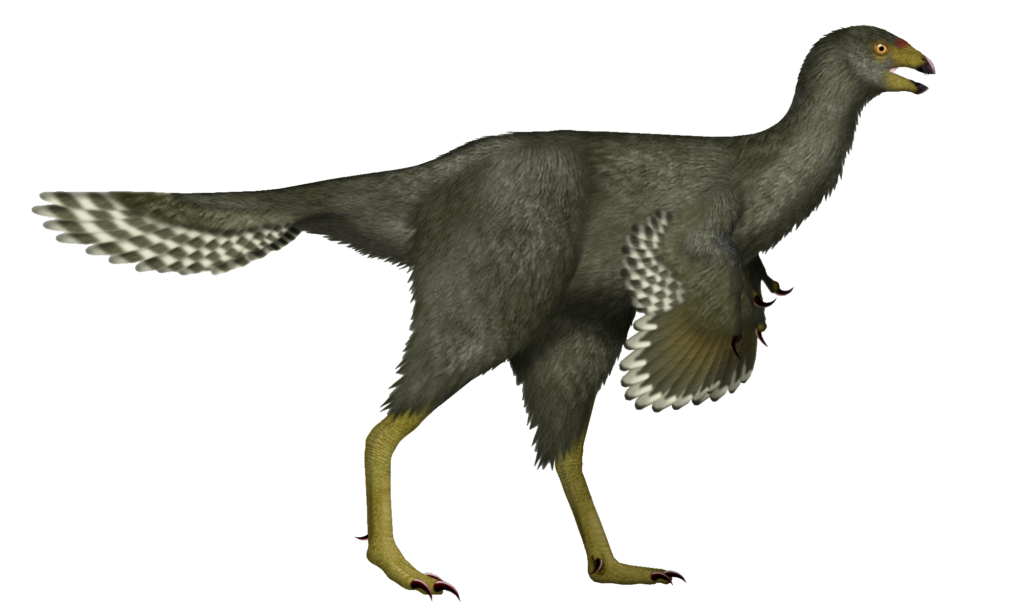The idea that dinosaurs were scaly, cold-blooded reptiles has long captivated imaginations. However, a growing body of evidence suggests that many of these prehistoric giants were more avian than reptilian. The possible presence of feathers on dinosaurs, particularly raptors, and their evolutionary connection to modern birds, has revolutionized our understanding of these fascinating creatures. But did dinosaurs really have feathers, and what does this mean for their descendants, the birds we see today?
Uncovering Feathered Dinosaurs

The discovery of certain fossils in the late 20th century turned the scientific community on its head. Paleontologists unearthed fossils bearing unmistakable impressions of feathers, primarily in China’s Liaoning Province. These fossils belonged to theropods, a group of bipedal, mostly carnivorous dinosaurs that includes the infamous Velociraptor. The revelations triggered a tidal wave of research and re-evaluation of dinosaur biology.
The Feathered Raptors

Among the most compelling evidence for feathered dinosaurs comes from the raptors, a subset of theropods. Unlike their portrayal in “Jurassic Park,” real Velociraptors were likely covered in feathers. Fossil evidence has shown quill knobs on the bones, much like those seen in modern birds, suggesting feathers were used for display or warmth rather than flight.
The Evolutionary Connection

The connection between theropod dinosaurs and modern birds is strongly supported by a range of evidence. Anatomical features such as the wishbone, hollow bones, and a three-toed limb structure are all shared between birds and many theropods. This implies a strong evolutionary lineage, suggesting that modern birds are indeed the descendants of small feathered dinosaurs.
Function and Form

Feathers played multifaceted roles in the lives of these ancient creatures. Initially, feathers might have served as insulation to help regulate body temperature, but they soon provided advantages such as display for mating purposes and aiding in camouflage. The evolutionary push towards powered flight may have driven further modifications, leading to the aerodynamic feathers we see in birds today.
The Fossil Record

Our understanding of feathered dinosaurs has been greatly enhanced by exceptional fossil sites worldwide. Fossils such as Archaeopteryx and the numerous specimens from China’s Yixian Formation have provided invaluable insights into the diversity and extent of feather adoption in dinosaurs. These fossils bridge the gap between non-avian dinosaurs and birds.
Feathers Beyond Raptors

Raptors were not unique in their plumage; feathers have been found in a variety of dinosaur species, including some that are not closely related to birds. This suggests that feathers might have been a widespread feature among dinosaurs, possibly even existing in some form across nearly all theropods.
Reconstructing Behavior

The presence of feathers on dinosaurs opens new avenues in reconstructing their behavior. Feathers may have played roles in social interactions, protection of offspring, or hunting strategies by providing camouflage or aiding as silent movement aids in pursuit of prey.
Shifting Perspectives on Dinosaur Ecology

Feathered dinosaurs challenge long-held beliefs about dinosaur ecology. The sensory capabilities attributed to feathers suggest these creatures were more active and possibly warm-blooded, challenging the traditional notion of dinosaurs as sluggish cold-blooded behemoths.
Modern Birds: Living Dinosaurs
While it’s striking to think of modern birds as living dinosaurs, the evidence supports this exciting view. Birds are not just the evolutionary continuation of theropods but also share behavioral and ecological characteristics, serving as a window into the past.
Implications for the Public Image of Dinosaurs

The public’s perception of dinosaurs is shifting thanks to this fascinating research. Feathered dinosaurs provide a more nuanced view of these ancient animals, showcasing their evolutionary success and adaptability, which ultimately connects them to every bird encountered today.
The Future of Paleontology

The discovery of feathered dinosaurs is a pivotal chapter in paleontology, igniting interest in uncovering more about the lifestyle and environment of these creatures. Each fossil unearthed adds to the complex mosaic of life in the Mesozoic Era, promising many thrilling discoveries ahead.
Conclusion

The idea that dinosaurs, particularly raptors, might have been feathered transforms them from the cold-blooded monsters of lore into complex, dynamic creatures closely related to today’s birds. This revelation bridges a seemingly impassable gap between the ancient past and the vibrant tapestry of life seen in the skies around us. The narrative of dinosaurs continues to evolve, and with each feather uncovered, we gain a deeper understanding of these remarkable vestiges of our planet’s history.




